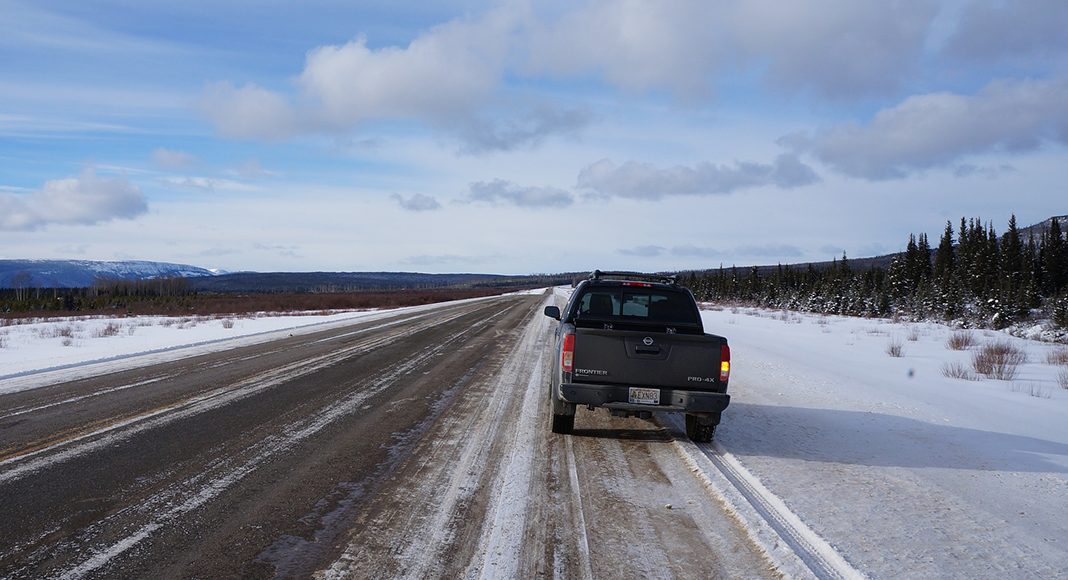Despite 43% of British Columbia (B.C.) drivers experiencing a winter driving incident last year, the majority (63%) have no plans to do more to prepare this year, according to the British Columbia Automobile Association’s (BCAA) annual Winter Driving Survey.
The most common incidents experienced by B.C. drivers last winter were skidding on black ice and getting stuck in a snowy street or driveway. When asked why they thought they were getting into difficulties, the top reasons included having the wrong tires or tires in poor condition, inadequate winter driving skills and weather or road conditions being worse than drivers realized.
“Last year’s conditions were the worst that BCAA has seen in decades,” said Dave Weloy, BCAA Road Assist Senior Safety Manager. “I’m shocked that despite the thousands of rescues we made, drivers still aren’t convinced they need to do more in terms of planning. The weather is pretty unpredictable these days; anything can happen.”
The survey found drivers admit to taking risks, with just over 40% saying they drive in unsafe conditions. When asked why they feel the need to drive in harsh conditions, 44% say they feel pressured to get somewhere to fulfill an obligation.
“Black ice, colder temperatures, heavy rain and more darkness can put people’s safety at risk,” said Weloy. “Based on decades of experience, our advice is to get your car ready – have the right tires, adjust your driving habits to match the conditions and have a plan in case it’s too difficult or dangerous to drive. No obligation is worth risking a life.”
BCAA Winter Driving Tips
- Get your car prepared with a winter check-up that includes installing four winter tires. These should be properly inflated and in good condition, with adequate tread depth. Check tire pressure often, especially when weather fluctuates as air pressure decreases in cold weather.
- Adjust driving habits to match conditions. Slow down, leave more room between you and the car ahead and avoid problem areas such as hills and narrow unplowed streets.
- Shovel your driveway each time it snows and check the condition of side streets. Many calls for roadside assistance are for cars stuck getting in and out of driveways or on side streets that are typically not plowed.
- Minimize how frequently you have to drive and know when not to drive
- Carry winter driving emergency items in your car, including: reflective safety vest and roadside equipment such as cones, battery jumper cables, a shovel, windshield scraper and brush, flashlight with fully charged batteries, highly visible winter outerwear, warm clothes, winter boots, gloves, blanket, supply of non-perishable food and water, as well as a spare container of winter-grade washer fluid



















